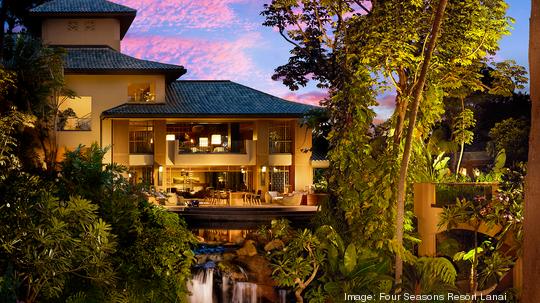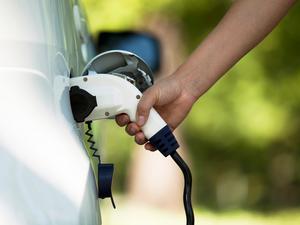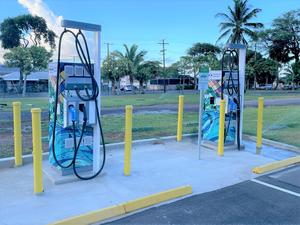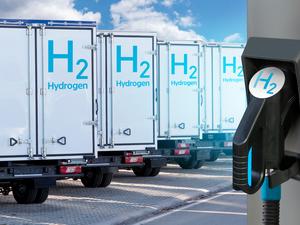
Pulama Lanai, a land and resource management company owned by tech billionaire Larry Ellison, said it intends to design and construct a microgrid to serve the energy demands of the Four Seasons Resort Lanai and Sensei Lanai, with a targeted completion date of 2027.
Ellison, who co-founded software company Oracle, also owns both resorts.
“The microgrid will be 100% powered by photovoltaic and battery energy storage systems, positively contributing to Lanai’s renewable energy future,” Pulama Lanai told Pacific Business News in an email.
However, the resorts represent 40% of Lanai’s energy load, and the plan “raises a great deal of uncertainty around the future needs for Lanai,” Rebecca Dayhuff Matsushima, vice president of resource procurement at Hawaiian Electric Company, said in a letter to the Public Utilities Commission on Sept. 28.
Hawaiian Electric has independent service territories, and the island of Lanai is the smallest of its service territories, with only about 3,000 residents, according to Marco Mangelsdorf, responsible managing employee at Provision Solar.
“Out of those customers who use electricity, there’s a handful of them that are huge consumers of electricity,” Mangelsdorf told PBN. “These very large power consumers – if they were to go off-grid in some form or fashion for part or all of their electricity needs, then that’s going to have a very substantial impact.”
The key question, Mangelsdorf said, is whether the microgrid would still be attached to Hawaiian Electric’s grid. If it is still attached to the grid, then Hawaiian Electric will charge standby charges to maintain adequate generation in case it comes back onto the grid, he said.
“They’ll need to charge them something to standby in case the loads come back on the grid,” Mangelsdorf said.
“If they go completely off-grid, then the implications and consequences to [Hawaiian Electric on Lanai] are going to be catastrophic,” he added. “Because you have fixed costs, and are maintaining generation, and running generators, if you lose 40% or more of your customer base from one day to the next, then you have a much smaller revenue stream. So what do you do? You go back to your customers and raise prices to make up for the losses of revenue.”
Jim Kelly, vice president of government and community relations and corporate communications at Hawaiian Electric, told PBN in an email that the company is “currently having ongoing discussions with Pulama Lanai.”
“We will continue to work on the best path forward to bring the most affordable renewable energy to all of our customers on Lanai,” he said.
Kelly also said the letter to the Public Utilities Commission is currently all Hawaiian Electric knows about the situation.
A spokesperson for Pulama Lanai told PBN that a company representative was not available for an interview.






